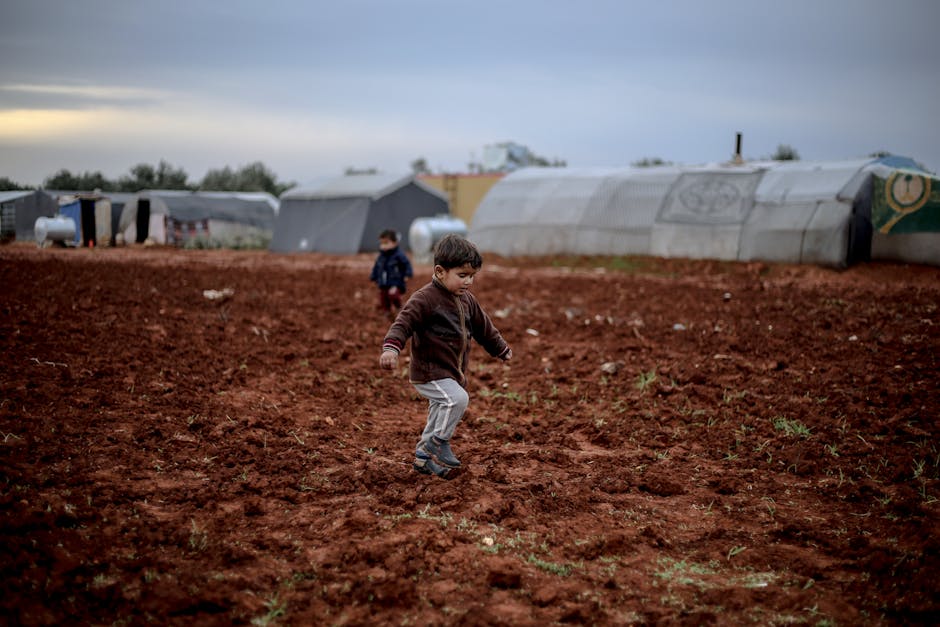The Global Crisis of Child Victims in Conflict and Atrocity Crimes: A Data-Driven Analysis
The Global Crisis of Child Victims in Conflict and Atrocity Crimes: A Data-Driven Analysis

The International Day of Innocent Children Victims of Aggression, observed annually on June 4th, serves as a stark reminder of the pervasive violation of children’s rights within conflict zones and atrocity crimes. This day, established by the UN General Assembly in 1982, highlights the urgent need for global action to protect children from preventable harms, guided by the principles enshrined in the Convention on the Rights of the Child (CRC).
The CRC outlines fundamental rights for children, including the right to life (Article 6), protection from parental separation (Article 9), access to education (Article 28), and freedom from exploitation, abuse, and torture (Articles 34, 35, and 37). Crucially, Article 38 prohibits the direct participation of children under fifteen in hostilities. However, alarming data consistently reveals widespread violations of these rights, with perpetrators frequently escaping accountability.
The UN Secretary-General’s Annual Report on Children and Armed Conflict paints a grim picture. In 2023 alone, a staggering 11,649 children were killed or maimed, primarily due to explosive ordnance. The same year witnessed the recruitment or use of 8,655 children and the abduction of 4,356, with the Democratic Republic of Congo, Somalia, and Nigeria reporting the highest numbers. Girls constituted almost 30% of these victims, disproportionately affected by sexual violence and forced marriage, although incidents against boys are also rising. Furthermore, 2023 saw at least 1,470 children subjected to sexual violence and over 1,650 attacks on schools and hospitals – a nearly 60% increase compared to 2021.
UNICEF Executive Director Catherine Russell declared 2024 “one of the worst years on record” for children in conflict, citing the unprecedented number affected and the severity of the impact on their lives. An estimated 473 million children—over one in six globally—are living in conflict zones or are forcibly displaced, representing the highest number since World War II. This translates to a record number of children experiencing rights violations, including death, injury, lack of education, missed vaccinations, and critical malnutrition.
The targeting of children in conflict and atrocity crimes is a particularly egregious concern. Examples include the abduction and forced transfer of Ukrainian children to Russia for indoctrination, the abduction and sexual abuse of Yazidi children by Daesh, and the removal of Uyghur children from their families in China. These acts, often part of genocidal campaigns, aim to destroy communities by targeting their future generations.
Addressing this crisis requires a multifaceted approach. The international community must prioritize justice and accountability for crimes against children, ensuring that impunity is no longer the norm. Stronger enforcement of existing laws, coupled with increased international cooperation and support for victim rehabilitation, is crucial to protect children and break the cycle of violence.
Disclaimer: This content is aggregated from public sources online. Please verify information independently. If you believe your rights have been infringed, contact us for removal.